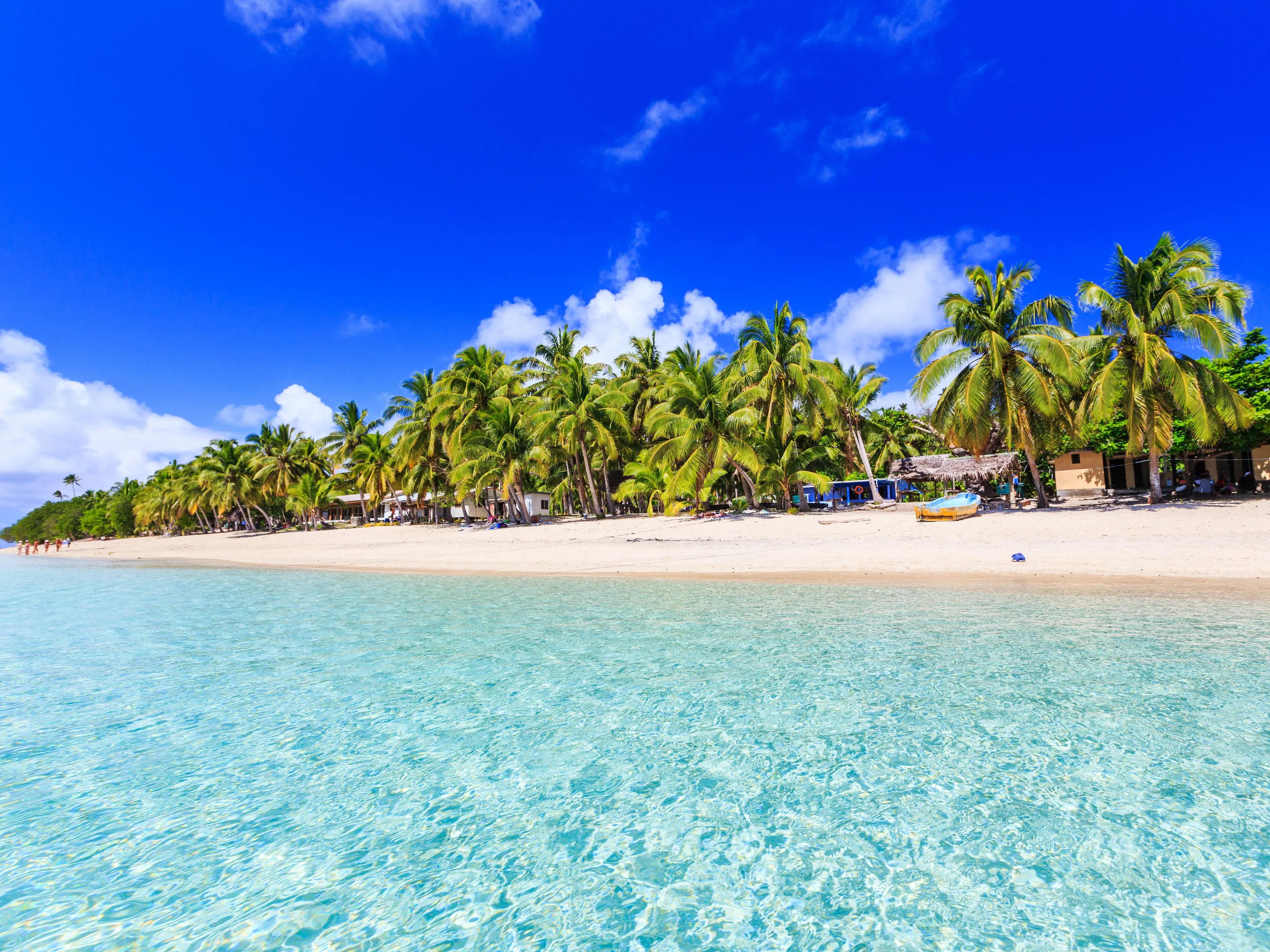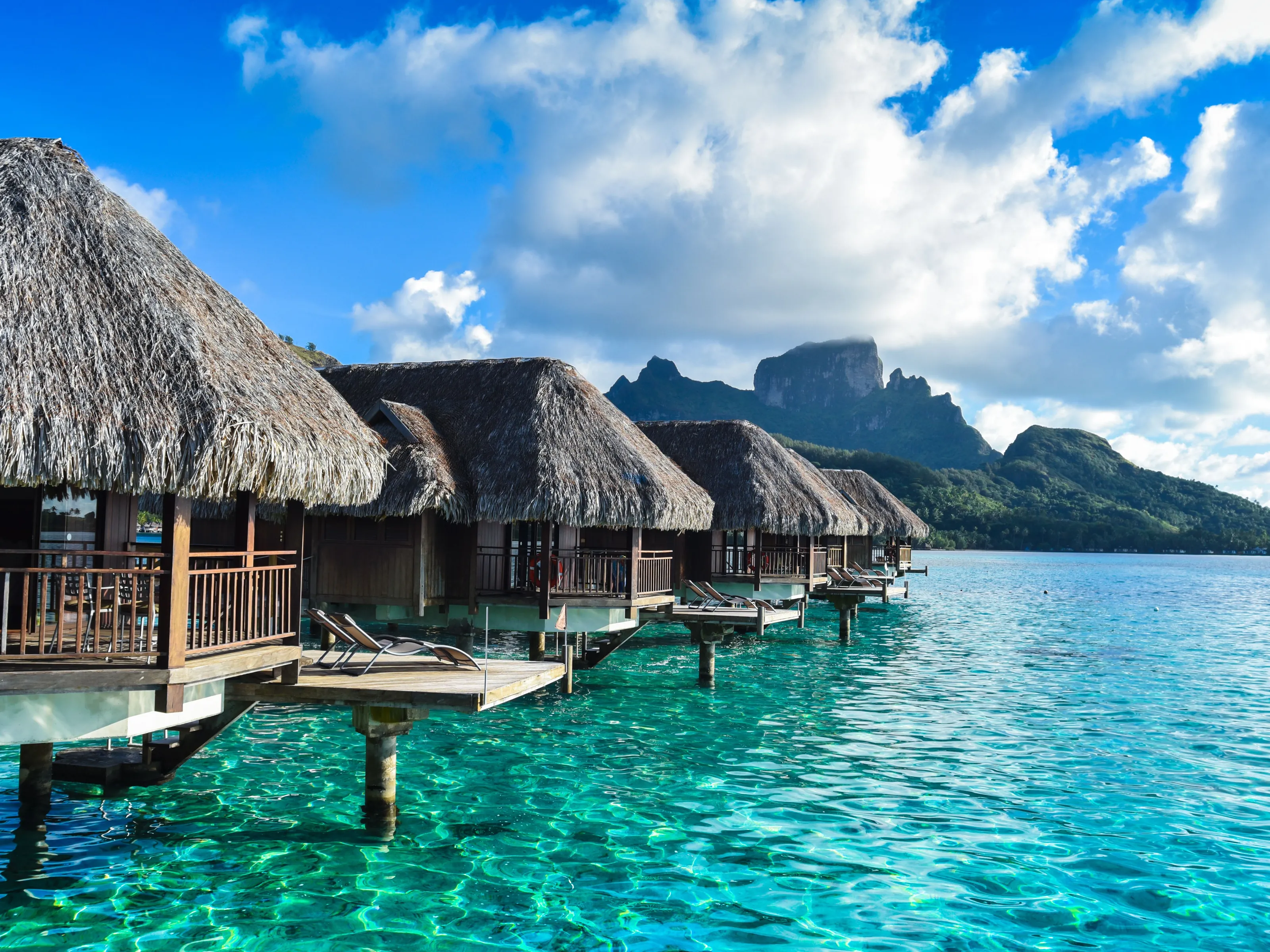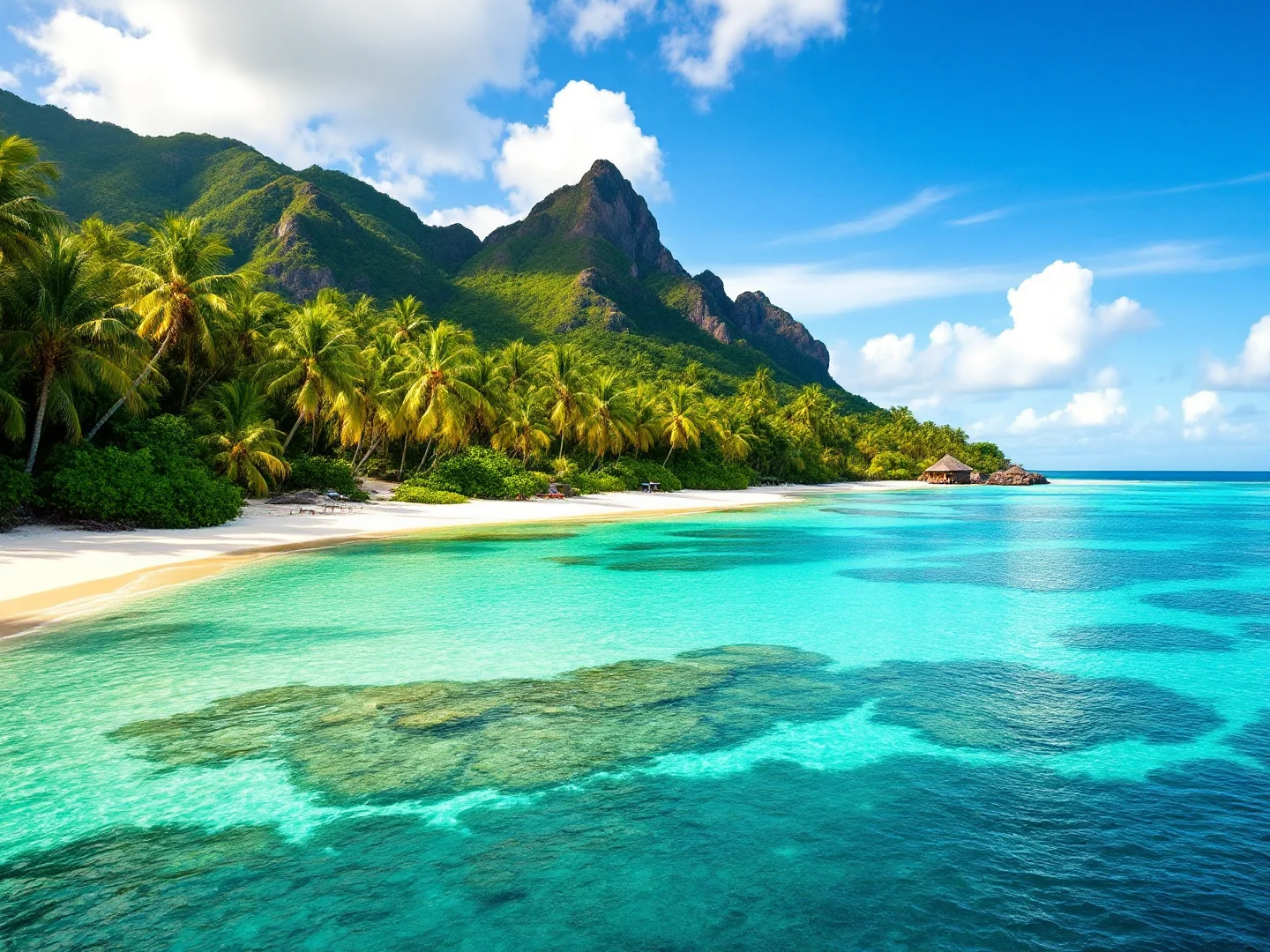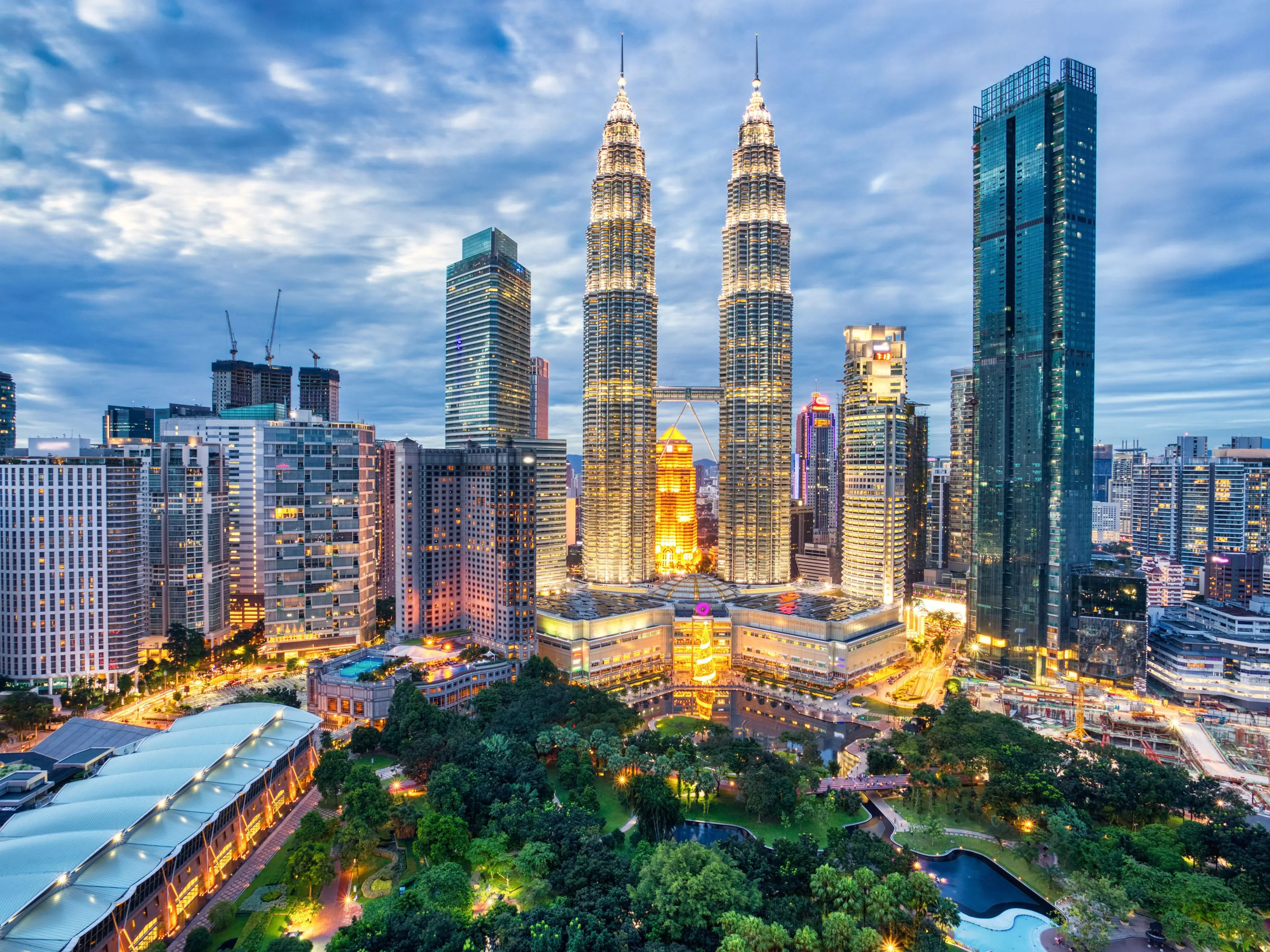Why Visit Zanzibar?
Zanzibar enchants as Africa's Spice Island where Stone Town's UNESCO-listed labyrinth preserves Swahili-Arab-Indian-European fusion architecture, powder-white beaches on the northeast coast meet turquoise Indian Ocean waters, and spice plantations scent the air with cloves and vanilla that made this archipelago the world's clove capital. This semi-autonomous archipelago (pop. 1.9 million across Unguja main island and Pemba) off Tanzania's coast blends contradictions: conservative Muslim culture (99%) with bikini beaches, African heritage with Arabic influences, and backpacker hostels beside luxury resorts.
Stone Town's maze of narrow alleys reveals ornate carved doors (over 500 documented), Forodhani Gardens' evening food market serves Zanzibar pizza and sugarcane juice, and House of Wonders' palace displays sultanate history. Yet most visitors head north to beach paradises: Nungwi and Kendwa beaches offer swimming regardless of tide (deep water), sunset beach parties, and dhow sailing, while Paje's shallow lagoon attracts kitesurfers. Jozani Forest's red colobus monkeys (endemic species) swing through mangroves on half-day tours ($20).
Spice tours ($20–$30) visit farms growing cloves, vanilla, cinnamon, and nutmeg—smell, taste, and purchase spices direct from source. Prison Island day trips (20 min by boat) let visitors feed giant tortoises over 100 years old, while Mnemba Atoll's protected waters offer world-class diving and snorkeling ($80–$150). The seafood culture celebrates ocean proximity: grilled octopus, coconut curry fish, and fresh lobster served at beach restaurants for $8–$15
Sunset dhow cruises ($30–$50) sail traditional wooden boats. Yet Stone Town requires 1-2 days exploration: Sultan's Palace Museum, Old Fort's evening concerts, Anglican Cathedral built on former slave market, and rooftop restaurants overlooking dhow-filled harbor. With English widely spoken, visa on arrival, and tropical warmth year-round (26-32°C), Zanzibar delivers Indian Ocean paradise with Swahili culture.
What to Do
Stone Town Heritage
Stone Town Maze & Carved Doors
UNESCO World Heritage labyrinth of narrow alleys dating from 19th-century Omani Sultanate. Over 500 intricately carved wooden doors—each tells story of owner's wealth and status through brass studs, chains, and motifs. Wander without map to discover hidden courtyards, crumbling mansions, and local life. House of Wonders (Beit al-Ajaib—tallest building when built 1883) under renovation but exterior impressive. Old Fort (Arab Fort, 1700s) hosts evening cultural shows and craft market. Anglican Cathedral (1873-1880) sits on former slave market site—underground chambers show holding cells, moving memorial. Freddie Mercury's birthplace (Kenyatta Road) marked with plaque—Queen frontman born here 1946. Best explored early morning (7-9am) before heat or late afternoon. Easily disorienting—embrace getting lost. Watch for scooters in narrow lanes.
Forodhani Gardens Night Food Market
Waterfront food market transforming Stone Town harbourfront nightly (sunset onwards, roughly 6pm-11pm). Dozens of grills serving fresh seafood—Zanzibar pizza (chapati-style dough stuffed with meat/seafood/cheese, griddled, Tsh5,000-10,000 ~US$2–$4), grilled octopus, lobster, squid skewers, urojo soup (Zanzibari mix soup with bhajias). Sugarcane juice pressed fresh (Tsh2,000). Prices negotiable but very cheap—full meal $5–$10 Locals and tourists mingle at plastic tables facing dhows in harbor. Try: Zanzibar pizza (not Italian pizza—unique local creation), grilled seafood platters, samosas. Atmosphere peaks 7-9pm. Watch hygiene—choose busy stalls with high turnover. Bring hand sanitizer. Beautiful sunset backdrop over harbor. Combine with daytime Sultan's Palace Museum visit nearby (Tsh12,000/$5).
Rooftop Restaurants & Sunset Views
Stone Town's flat roofs converted to restaurants offering harbor views and sea breezes. Emerson Spice Tea House rooftop—romantic Arabian Nights ambiance, reservations essential, $25–$40 per person for multi-course Swahili dinner. The Terrace at The Africa House Hotel—cocktails overlooking harbor, historic British colonial building, sunset prime time. Six Degrees South—rooftop grill with Stone Town panoramas. Rooftops best late afternoon for sunset (around 6-6:30pm year-round near equator) with dhows silhouetted against orange sky. Many require advance booking for sunset slots. Dress code generally smart-casual. Alcohol available despite Muslim majority—tourism areas more relaxed. These offer escape from Stone Town's heat and chaos—catch sea breeze.
Beaches & Islands
Nungwi & Kendwa Beaches (North Coast)
Zanzibar's best beaches for swimming regardless of tide—deep water means no exposed reef flats. Nungwi: More developed, beach bars, water sports, accommodation from hostels to resorts. Kendwa: More laid-back, famous for full-moon parties, stunning sunsets, soft white sand. Both have beach clubs renting loungers/umbrellas ($10–$20/day) but free beach areas exist. Swimming safety: jellyfish sometimes present (ask locals), no lifeguards, watch for boats. Snorkeling from beach is decent—better snorkeling on organized trips. Beach vendors persistent but generally harmless—firm 'No thanks' works. Sunsets on west-facing beaches spectacular—Kendwa particularly beautiful. Water sports: diving ($60–$100), parasailing ($50), jet skis ($40), dhow sailing trips ($30–$50). Transfer from Stone Town 1.5 hours ($25–$40 shared taxi, $60–$80 private).
Prison Island (Changuu) & Giant Tortoises
20-minute boat ride from Stone Town to small island housing Aldabra giant tortoises (some 100+ years old). Tour packages $30–$40 per person including boat, guide, and island entry. The tortoises roam freely—feed them grass ($1–$2 guides provide), photograph with them, learn conservation efforts. Island history: built as prison (never used), then quarantine station. Ruins explorable. Snorkeling off island's beach—decent coral and tropical fish ($10 equipment rental). Half-day trip (3-4 hours total). Combine with snorkeling at nearby sandbank for $40–$50 Book through reputable operators to avoid scams—hotels arrange reliable trips. Best morning before heat intensifies. Bring: sunscreen, hat, water, snorkel (or rent), camera. The tortoises are hit with tourists but genuine conservation effort. Very family-friendly.
Paje & Kitesurfing (East Coast)
East coast kitesurfing capital with shallow lagoon, steady winds (June-March), and budget hostels. Paje Beach has extreme tides—low tide walks 1km over reef flats to reach water (wear reef shoes). This creates perfect shallow lagoon for learning kitesurfing. Schools everywhere: lessons $60–$100 full course $350–$500 Even non-kiters enjoy Paje's backpacker vibe—beach bars, reggae music, younger crowd. The Rock Restaurant (iconic restaurant on rock in ocean) requires reservations ($30–$50 per person). Seaweed farming visible at low tide—local women harvest—interesting to observe respectfully. Swimming limited to high tide (check tide tables). Paje more 'scene' and social than relaxation—if seeking quiet, choose Matemwe. Transfer from Stone Town 1.5 hours ($20–$30).
Nature & Tours
Jozani Forest & Red Colobus Monkeys
Zanzibar's only national park (50km² mangrove and forest) protecting endemic Zanzibar red colobus monkeys. Entry is now about US$10–$12 per person for foreign visitors, usually including a local guide (often bundled into half-day tours). 1-2 hour guided walk sees colobus troops (habituated, get within meters for photos), mangrove boardwalks, and native forest. The red colobus exist only on Zanzibar—conservation success story, population recovering. Guides explain spice trees, medicinal plants, and ecology. Located central-south Zanzibar—30-45 min from Stone Town ($15–$25 taxi round-trip), easy to combine with other southern attractions. Best morning when monkeys most active. Bring mosquito repellent. Photography excellent—monkeys pose. Support conservation by visiting. Wheelchair-accessible boardwalk section available. Very family-friendly and educational. Often combined with spice farm tours or beach transfers.
Spice Farm Tours
Zanzibar earned nickname 'Spice Island' from clove, nutmeg, cinnamon, and vanilla plantations. Half-day tours ($20–$30 per person) visit working farms where guides explain spices growing—see, smell, taste cloves on trees, nutmeg in fruit, cinnamon bark peeling, vanilla vines climbing trees. Taste tropical fruits: jackfruit, passionfruit, rambutan, starfruit. Lunch included (typically Swahili curry with rice). Guides weave palm fronds into hats and show coconut tree climbing. Buy spices direct (much cheaper than shops—$2–$5/bag). Tours run morning or afternoon (3-4 hours total). Book through hotels or Stone Town tour operators. Tangawizi Spice Farm highly rated. Wear closed shoes (farms muddy). Educational and sensory experience. Often combined with Jozani Forest same day ($40–$50 combined). Essential Zanzibar experience understanding island's economic history.
Mnemba Atoll Snorkeling & Diving
Protected marine reserve off northeast coast—Zanzibar's best snorkeling and diving. Crystal-clear waters, coral gardens, tropical fish, sea turtles, dolphins (sometimes). Snorkeling day trips $80–$120 per person including boat, equipment, guide, lunch, and hotel transfer. Diving $80–$150 for 2 dives (certified divers). The atoll surrounds private Mnemba Island (luxury resort—$1,500+/night). Public can't land on island but boats anchor nearby for snorkeling. Marine life includes: angelfish, parrotfish, moray eels, octopus, rays, occasional dolphins and turtles. Visibility 20-30m. Season: best June-October (calm seas), March-May can be rough. Full-day trip 8am-4pm typically. Book through dive centers—One Ocean Dive Center, Zanzibar Watersports. Not beginner snorkeling—current can be strong. Worth the splurge for serious snorkelers.
Gallery
Travel Information
Getting There
- Airports: ZNZ
Best Time to Visit
June, July, August, September, December, January, February
Climate: Tropical
Weather by Month
| Month | High | Low | Rainy days | Condition |
|---|---|---|---|---|
| January | 31°C | 26°C | 14 | Excellent (best) |
| February | 31°C | 26°C | 24 | Excellent (best) |
| March | 30°C | 26°C | 27 | Wet |
| April | 29°C | 25°C | 30 | Wet |
| May | 28°C | 24°C | 23 | Wet |
| June | 27°C | 24°C | 17 | Excellent (best) |
| July | 27°C | 23°C | 18 | Excellent (best) |
| August | 28°C | 22°C | 13 | Excellent (best) |
| September | 30°C | 22°C | 19 | Excellent (best) |
| October | 30°C | 23°C | 15 | Wet |
| November | 29°C | 24°C | 27 | Wet |
| December | 32°C | 25°C | 9 | Excellent (best) |
Weather data: Open-Meteo Archive (2020-2024) • Open-Meteo.com (CC BY 4.0) • Historical avg. 2020–2024
Budget
Excludes flights
Visa Requirements
Visa required
💡 🌍 Traveler Tip (November 2025): Plan ahead: December is coming up and offers ideal weather.
Practical Information
Getting There
Abeid Amani Karume International Airport (ZNZ) is 8km south of Stone Town. Airport taxis to Stone Town typically Tsh25,000-40,000 (US$10–$15) for the 15-20 minute ride. Buses cheaper (Tsh2,000). Many beach hotels arrange transfers ($15–$30 depending on location). Zanzibar accessible from Dar es Salaam (ferry 2hr, $35–$75 or flight 20min, $80–$150). International flights via Nairobi, Doha.
Getting Around
Daladalas (minibuses) cheap (Tsh500-2,000) but crowded and confusing. Rent scooters ($10–$15/day, risky on sandy roads). Hire private drivers for day trips ($50–$80/day). Taxis negotiate before ($19–$40 between areas). Walking works in Stone Town and beach villages. Many tourists book tours including transport. Beaches spread across island—Stone Town to Nungwi 1.5hr drive.
Money & Payments
Tanzanian Shilling (Tsh, TZS). Exchange $1 ≈ 2,700-2,900 Tsh, $1 ≈ 2,450-2,550 Tsh. USD widely accepted (sometimes preferred). Cards at hotels/resorts, cash elsewhere. ATMs in Stone Town (Tsh400 notes max). Tipping: $5–$10/day for guides, 10% restaurants, round up taxis. Bargain at markets.
Language
Swahili and English are official. English widely spoken in tourism. Swahili useful (Jambo = hello, Asante = thank you, Hakuna matata = no worries). Stone Town residents speak English well. Signs often English. Communication easy.
Cultural Tips
Muslim culture: dress modestly in Stone Town (cover shoulders/knees), respect prayer times, Ramadan affects restaurant hours. Beaches: swimwear fine, topless illegal. Remove shoes indoors. Right hand for eating/greeting. Bargain at markets (start at 50% asking). Forodhani Gardens: try Zanzibar pizza, sugarcane juice. Tides: north beaches swim anytime, east coast tides extreme (low tide walks 1km to water). Spice tours: included lunch, buy spices. Hakuna matata philosophy—no worries, island time.
Perfect 4-Day Zanzibar Itinerary
Day 1: Stone Town
Day 2: Spice Tour & Beach Transfer
Day 3: Islands & Snorkeling
Day 4: Beach & Departure
Where to Stay in Zanzibar
Stone Town
Best for: UNESCO site, history, culture, maze alleys, food market, hotels, base for exploring
Nungwi & Kendwa (North)
Best for: Best beaches, swimming anytime (no tides), sunsets, beach bars, resorts, lively
Paje & East Coast
Best for: Kitesurfing capital, budget hostels, tides extreme, white sand, backpacker scene, quieter
Matemwe
Best for: Quieter beaches, boutique hotels, snorkeling, romantic, fewer tourists, relaxed
Frequently Asked Questions
Do I need a visa to visit Zanzibar?
What is the best time to visit Zanzibar?
How much does a trip to Zanzibar cost per day?
Is Zanzibar safe for tourists?
What are the must-see attractions in Zanzibar?
Popular Activities
Top-rated tours and experiences in Zanzibar
Ready to Visit Zanzibar?
Book your flights, accommodation, and activities






